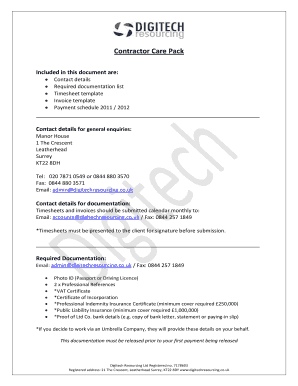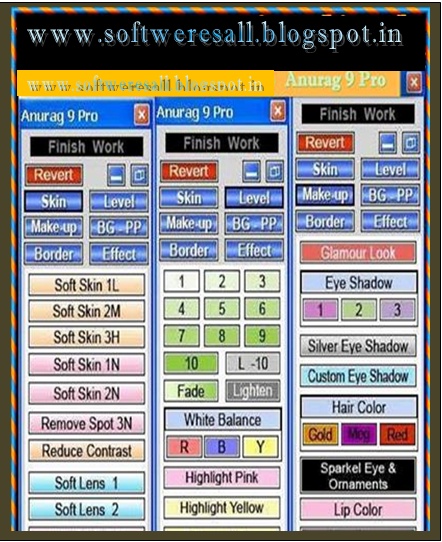
 Since UPDD 6.0.543, once a serial device is added the driver will try to connect to the serial port every 5 second until a successful connection is established. Testing RS232 ports in various OS is described here. Other RS232 settings will be set to the default for the device but can be changed as required using the upddutils set command. The port name can be predefined in the software package if required. At this point touch should be working and depending on the default calibration data may or may not be calibrated. List the devices to confirm all is now OK. Set the serial port as required - set device (handle) 2 to COM3 to reflect the com port listed in the Device Manager. Note the UPDD device handle for the serial device - In this case device handle '2' (shown as NOK because the default com port was COM1 that does not exist so could not be opened). List the devices configured in the driver - One USB automatically discovered and one manually added. Enter the add device command passing the controller id as required - add device 9 'Salt, PenMount 9000 Series, Serial. List the supported devices in the UPDD software and note the controller id of the device you wish to add - 9 devices listed. Serial ports are normally added using the UPDD Console but can also be added using the Command Line Interface as per the Windows example shown below:
Since UPDD 6.0.543, once a serial device is added the driver will try to connect to the serial port every 5 second until a successful connection is established. Testing RS232 ports in various OS is described here. Other RS232 settings will be set to the default for the device but can be changed as required using the upddutils set command. The port name can be predefined in the software package if required. At this point touch should be working and depending on the default calibration data may or may not be calibrated. List the devices to confirm all is now OK. Set the serial port as required - set device (handle) 2 to COM3 to reflect the com port listed in the Device Manager. Note the UPDD device handle for the serial device - In this case device handle '2' (shown as NOK because the default com port was COM1 that does not exist so could not be opened). List the devices configured in the driver - One USB automatically discovered and one manually added. Enter the add device command passing the controller id as required - add device 9 'Salt, PenMount 9000 Series, Serial. List the supported devices in the UPDD software and note the controller id of the device you wish to add - 9 devices listed. Serial ports are normally added using the UPDD Console but can also be added using the Command Line Interface as per the Windows example shown below: 
If the UPDD software package contains support for an RS232 device it has to be manually added and the port defined.

To this end we only support devices with a single fixed length packet definition.

RS232 support is really only needed for old legacy systems and hence we have only added support that should suffice for the majority of serial devices. For example, a customer reported difficulty with a PCI-E serial adapter under Linux so used a USB / serial adapter and all was OK. Since release 6.0.251 the driver supports RS232 devices.Īt this point it is worth noting that for a serial device to be supported serial data must be seen when touching the screen prior to utilising UPDD.








 0 kommentar(er)
0 kommentar(er)
